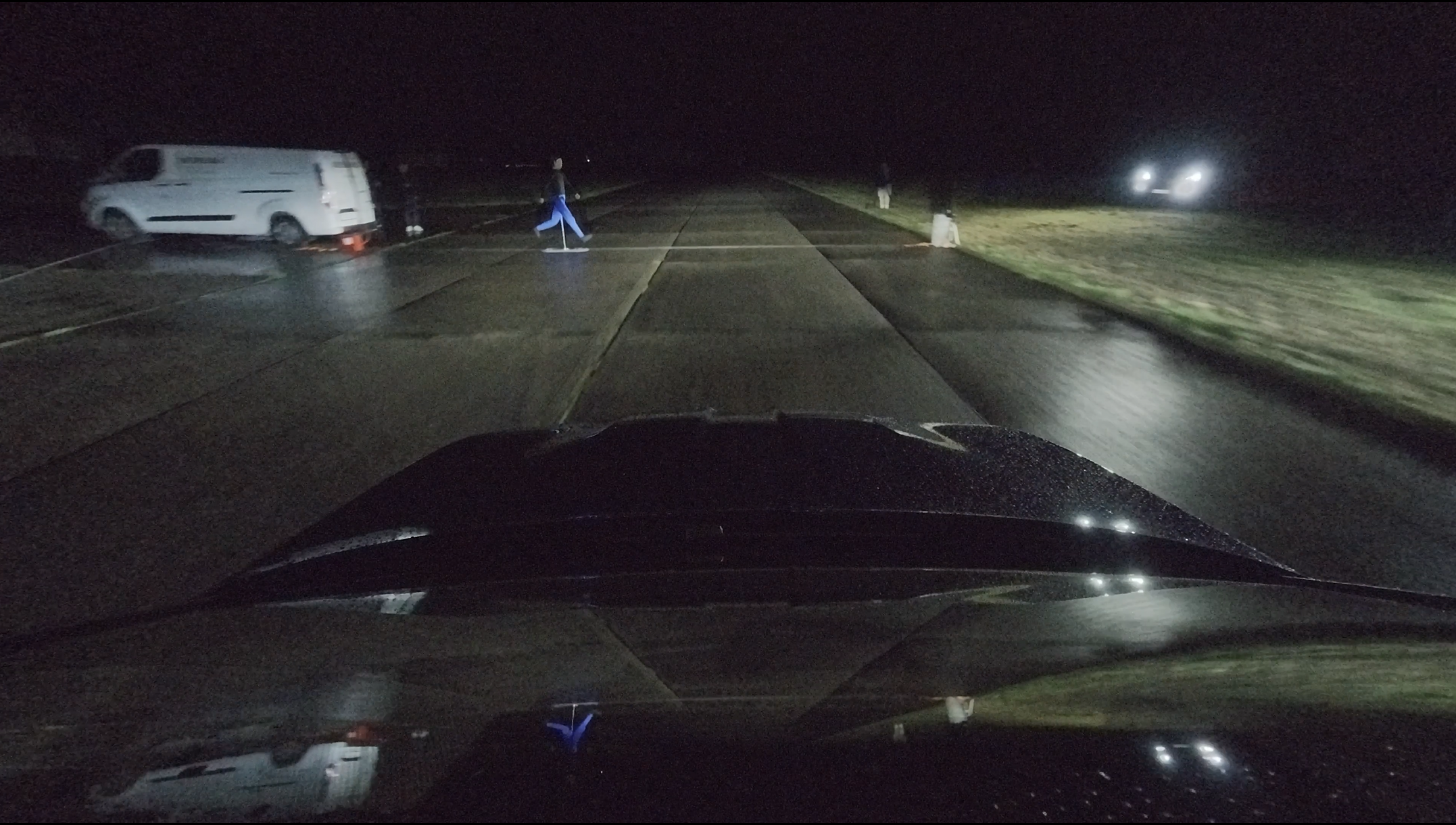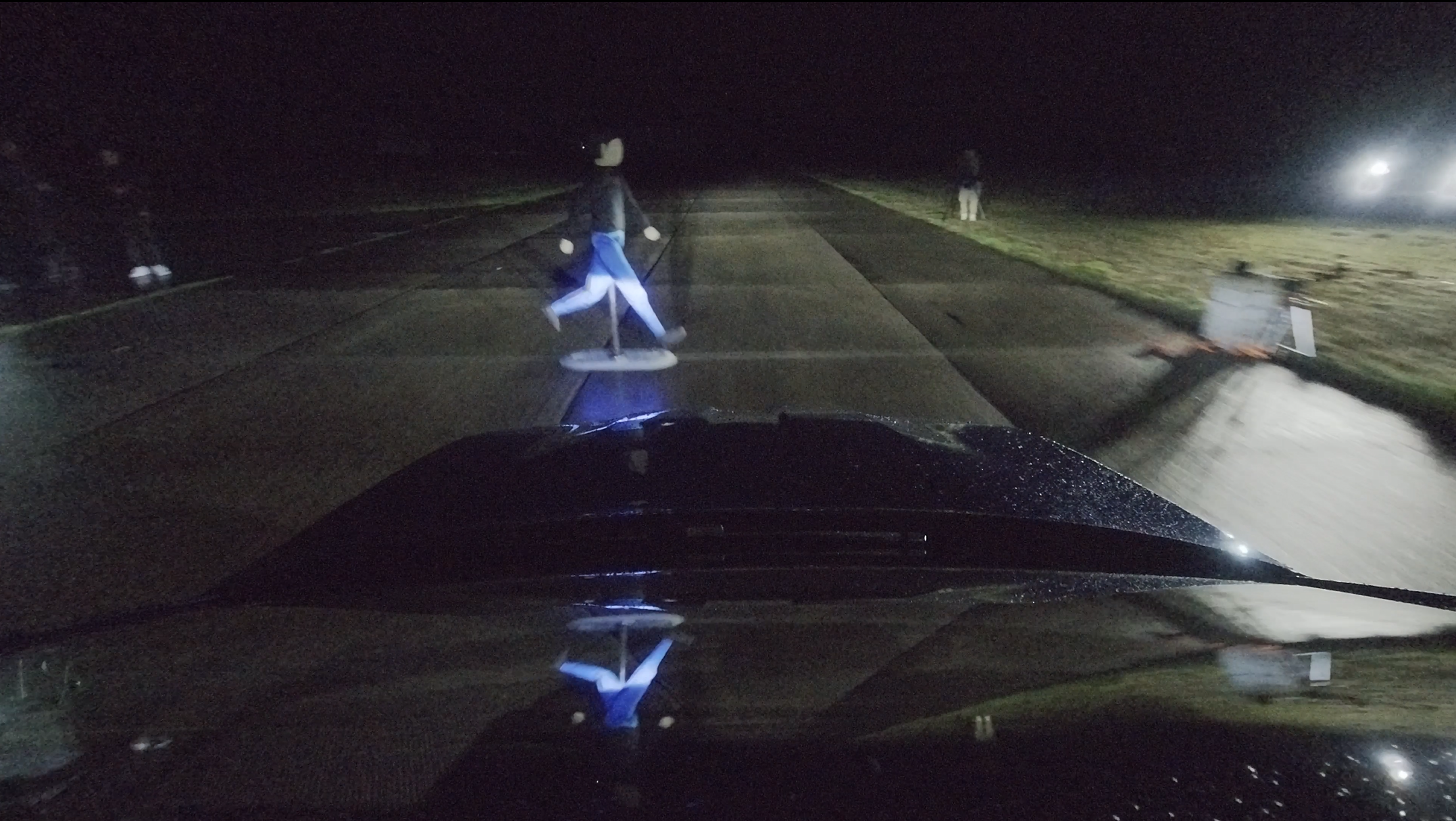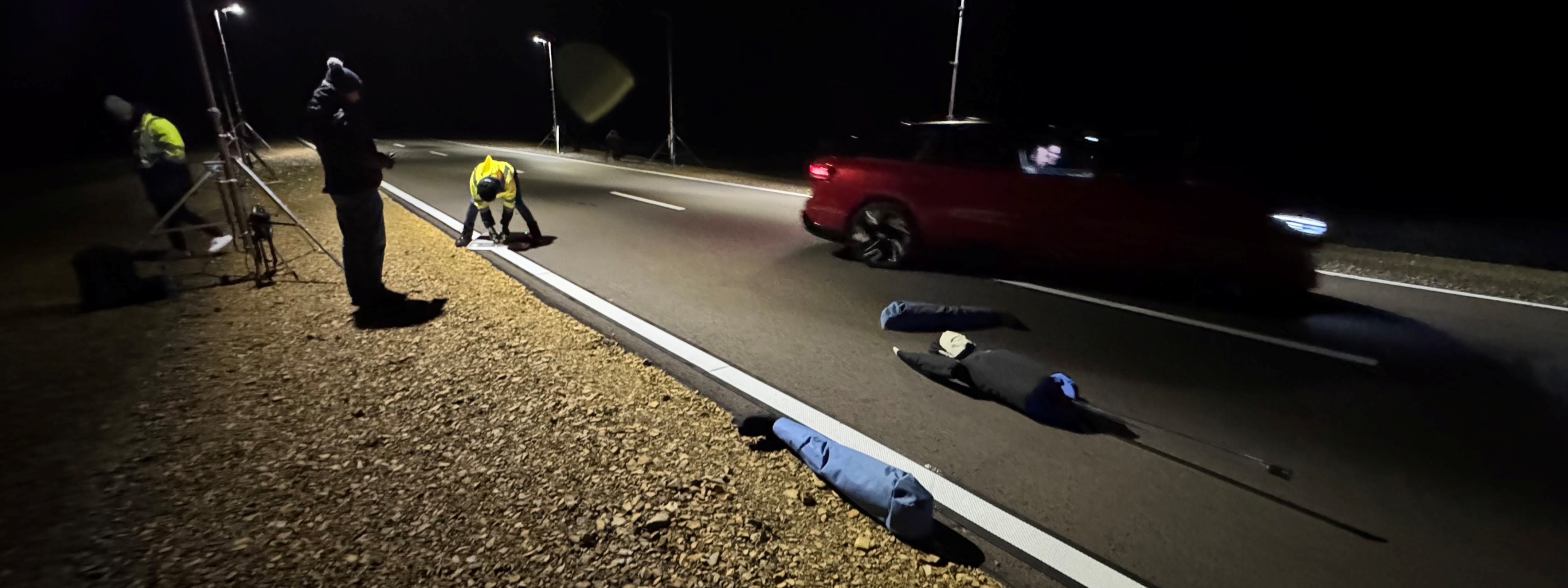Preparing for one of the most demanding safety standards in the world
The U.S. National Highway Traffic Safety Administration (NHTSA) finalized FMVSS 127, a new regulation mandating that all light-duty vehicles sold in the U.S. from September 2029 must be equipped with Automated Emergency Braking (AEB) and Forward Collision Warning (FCW) systems. While AEB technology is already widely available, FMVSS 127 raises the bar significantly in terms of performance, reliability, and testing complexity.
AEB Is Going from Optional to Essential
Currently, over 90% of new vehicles in the U.S. include AEB systems. FMVSS 127 not only requires 100% adoption but also sets rigorous standards for how these systems must perform. Vehicles will need to detect both vehicles and pedestrians – in daylight and complete darkness -and avoid or mitigate collisions at speeds up to 145 km/h (90 mph). These are among the highest performance demands of any global AEB regulation.
Key Requirements at a Glance:
FCW:
Operational from 10 to 145 km/h
Collision avoidance:
Must prevent crashes with stationary objects up to 100 km/h
Pedestrian detection:
Required in both daylight and darkness, with braking up to 73 km/h
FCW alerts:
Mandatory visual and audio warnings when a collision is imminent
Zero margin for error:
A 100% pass rate is required during official testing
How OEMs and Proving Grounds can Prepare
Early testing is critical. Many OEMs are already benchmarking their current systems against FMVSS 127 to identify performance gaps and refine their strategies. The high-speed nature of the protocol also necessitates extended test tracks, robust dummies and stable test coordination software to avoid costly damage and ensure repeatability.
Innovations such as pre-configured FMVSS 127 test automation tools combining driving robots, ADAS targets, and test software help to streamline validation and reduce track time.
Why This Standard Is So Challenging
Compared to existing protocols, FMVSS 127 pushes the envelope in multiple ways:
- Higher test speeds demand longer track setups and faster braking responses.
- Nighttime pedestrian tests in complete darkness – with only low-beam headlights – present a significant challenge for today’s sensor suites.
- No tolerance for failure puts added pressure on OEMs to perfect detection and response systems.
The Road to 2029 Starts Now
The FMVSS 127 regulation is a clear signal that the U.S. is setting a new global benchmark for AEB performance and reliability. For OEMs, suppliers, and testing partners, the path to compliance will require technological innovation, strategic testing, and early action.
With the deadline just four years away, now is the time to test, adapt, and get ahead.




